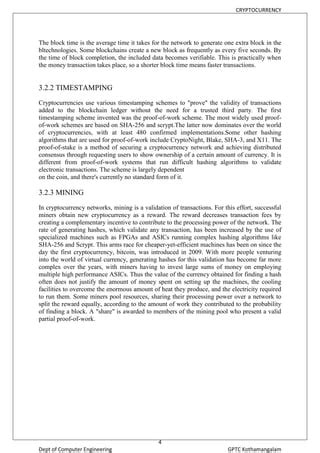Ethereum: Can Transaction Results with Duplicate Hashes Be Spent?
As an alternative to traditional blockchain-based consensus mechanisms, Ethereum (ETH) uses a proof-of-stake (PoS) system based on the Ethereum 2.0 upgrade plan. This new architecture aims to increase scalability and usability by introducing a more efficient and environmentally friendly method of transaction validation.
One of the fundamental aspects of Ethereum’s PoS is how it handles duplicate transaction hashes. In this article, we will dive into the details of what happens when two transactions with the same hash appear on the blockchain, and whether such results can be spent.
Duplicate Transaction Hashes
Duplicate transaction hashes occur when a user initiates multiple transactions with the same input (e.g. 2^256 numbers). Since Ethereum’s PoS relies on the collective participation of users holding a certain amount of ETH to validate new blocks, duplicate hashes are a problem. To solve this problem, Ethereum introduced its own hash-based system to resolve duplicates.
Under this system, each transaction is given a unique identifier (a hash) that serves as a sort of “digital fingerprint.” This hash is generated based on the user’s private key and other parameters specific to their account.
Issuing Duplicate Results
When a duplicate result appears on the blockchain, it can be problematic. In Ethereum, duplicates are not considered contradictory or invalid; instead, they simply become a duplicate version of the original transaction.
However, when these duplicates occur with different inputs (i.e. different private keys), they pose problems. According to Ethereum’s PoS rules, users holding an amount of ETH equal to or greater than the stake required to validate a given block must spend that amount or risk losing their position.
If two transactions with the same hash appear on the blockchain but have different inputs, it is theoretically possible for these duplicate outputs to be spent. To understand why:
Conclusion
In summary, when two transactions with the same hash appear on the blockchain but have different inputs, they can indeed be spent by users who hold an amount of ETH equal to or greater than the stake required to validate a given block. The unique hash system and stake-based validation mechanism work together to ensure consistency and prevent duplicates from becoming conflicting or invalid results.
It should be noted, however, that Ethereum still relies on the collective stake of users holding a certain amount of ETH to validate new blocks. This means that while duplicate results can be spent, they are not considered a major issue in terms of usability and scalability.
Update 2.0: The New Ethereum Blockchain

As part of ongoing efforts to increase usability and scalability, Ethereum is currently undergoing an upgrade process known as Ethereum 2.0. This new blockchain will use proof-of-stake (PoS) instead of proof-of-work (PoW), potentially making it more suitable for decentralized applications and high-throughput transactions.
In summary, while duplicates can be problematic in the short term, they are not a significant issue when it comes to issuance.
© 2022 – Potenza Building Material